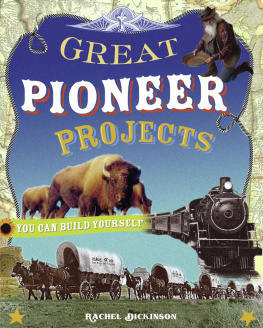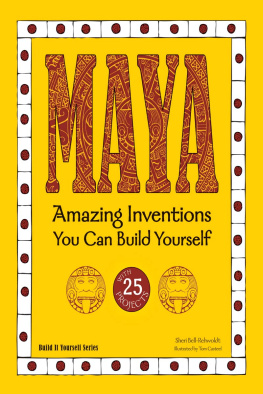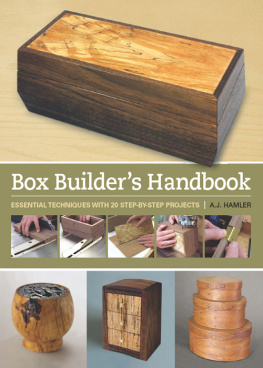

Nomad Press
A division of Nomad Communications
10 9 8 7 6 5 4 3 2 1
Copyright 2007 by Nomad Press
All rights reserved.
No part of this book may be reproduced in any form without permission in writing from the publisher, except by a reviewer who may quote brief passages in a review. The trademark Nomad Press and the Nomad Press logo are trademarks of Nomad Communications, Inc. Printed in the United States.
ISBN: 978-0-9792268-6-1
Questions regarding the ordering of this book should be addressed to
Independent Publishers Group
814 N. Franklin St., Chicago, IL 60610
www.ipgbook.com
Nomad Press
2456 Christian St., White River Junction, VT 05001
www.nomadpress.net
Image Credits
Cover photo of train by Brries Burkhardt; prospector, p.: courtesy of Butler Texas Longhorn.

CONTENTS

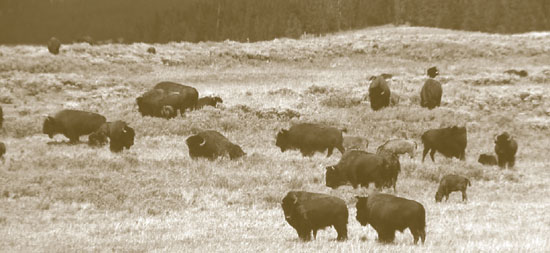
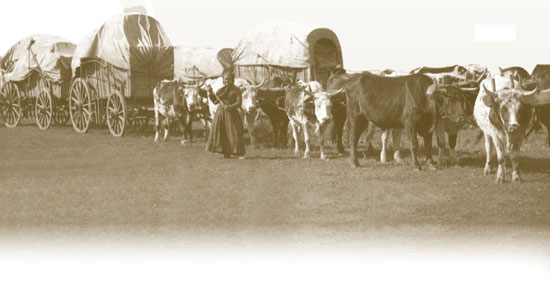
TIMELINE THE PIONEERS
1803: President Thomas Jefferson purchases the Louisiana Territory from France for $15 million. This extends the United States borders from the Mississippi River to the Rocky Mountains.
1804: Meriwether Lewis and William Clark and the Corps of Discovery head out to explore the Louisiana Territory.
1806: Lewis and Clark return after reaching the Pacific Ocean.
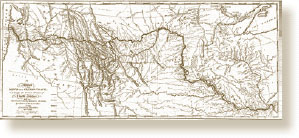
1810: The U.S. annexes West Florida from Spain that includes parts of modern-day Alabama, Louisiana, and Mississippi.
1819: The U.S. annexes East Florida, which makes up present day Florida.
1830: Congress passes the Indian Removal Act, giving President Andrew Jackson the power to remove Native Americans from the east to lands west of the Mississippi River.
1834: The Indian Territory is established in what is now Oklahoma. This is to serve as home for Native Americans who are displaced by white settlers.
1836: Defeat at the Alamo. Later the same year the Republic of Texas wins independence from Mexico.
1842: John C. Fremont makes accurate maps of the West.
1843: The first wagon train settlers from the East travel west along the Oregon Trail in the Great Migration.

1844: The U.S. signs a treaty with the Republic of Texas to annex an area that includes Texas and parts of what are now Colorado, New Mexico, and Oklahoma.
1845: The U.S. annexes Texas. John L. OSullivan coins the term Manifest Destiny.
1846: The Mormons begin leaving Nauvoo, Illinois, to head west to their new home near the Great Salt Lake. Beginning of the Mexican-American War.
1848: Gold is discovered at Sutters mill in California. The U.S. gains what is now California, Nevada, Utah, and parts of Colorado, New Mexico, Arizona, and Wyoming as a result of the end of the Mexican-American War. The US also annexes the Oregon Territory containing what is now Idaho, Oregon, Washington, and parts of Montana and Wyoming.
1853: For $10 million, the U.S. buys what is today part of Arizona and New Mexico in the Gadsden Purchase.
1860: The Pony Express operates a speedy delivery service in the west. Young men and fast horses deliver the mail in breakneck speed covering sometimes as much as 250 miles per day. This mail service lasts about 18 months until the telegraph puts them out of business.
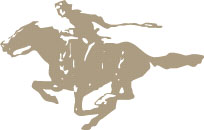
1861: Telegraph line is completed between San Francisco and St. Louis, effectively making the Pony Express obsolete.
1862: Congress passes the Homestead Act, which encourages settlers to move west. Many settle on the Great Plains, on lands reserved for Native Americans.
1867: The U.S. purchases the Alaska Territory from Russia for $7.2 million.
1869: The rails of the Central Pacific and Union Pacific railroads meet at Promontory Point near Ogden, Utah, inaugurating cross-country train travel.

1872: Yellowstone National Park is established as the nations first national park.
1874: Barbed wire is patented, a small invention that will change the look of the Great Plains.

1876: George Custer is defeated at the Battle of Little Bighorn.
1883: The buffalo on the Great Plains are almost completely exterminatedonly 200 remain.

1889: A huge portion of Indian Territory is opened for white homesteaders leading to the Oklahoma Land Rush.
1890: The U.S. Census Bureau declares the West settled and the frontier closed.



INTRODUCTION
A PIONEER IS SOMEONE WHO DOES SOMETHING FIRST or who leads in developing something new. For example, Jonas Salk was a pioneer in medicine because he was the first to create the polio vaccine. Jackie Robinson was a pioneer in baseball because he was the first African-American player to play in the major leagues. What do we call the first Americans who bravely traveled west into uncharted territory? Thats right, American pioneers.
American pioneers came from all walks of lifefarmers, shopkeepers, businessmen, factory workers, women, children, and immigrants but they all shared a common vision. They yearned for a better life and a piece of land they could call their own. They were willing to give up all of their possessions to make this happen. While most of them did not become famous, they were all very brave. Pioneer families from all over the East and Midwest endured the hardships of the trail as they traveled thousands of miles on foot in search of a new home.
Next page
